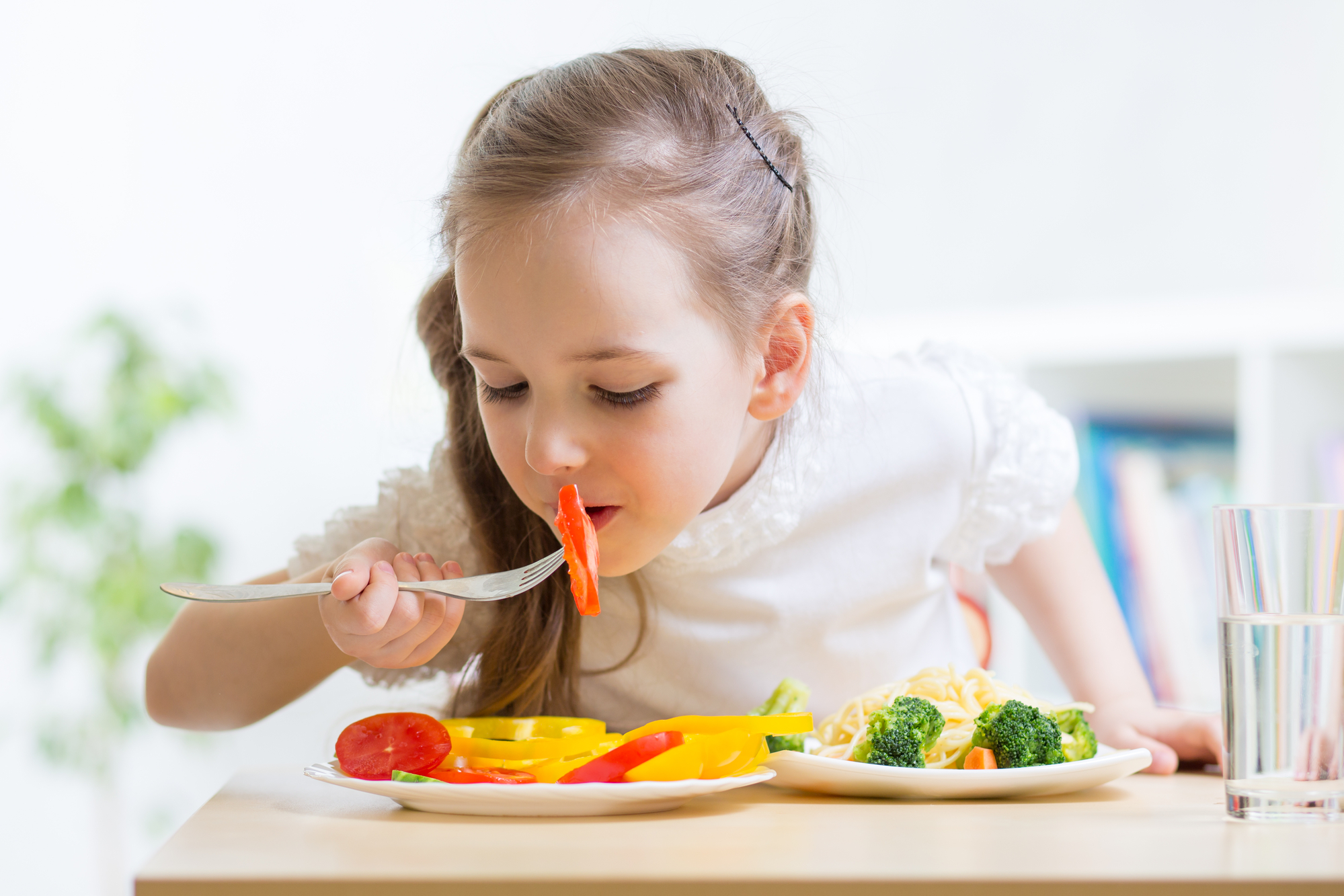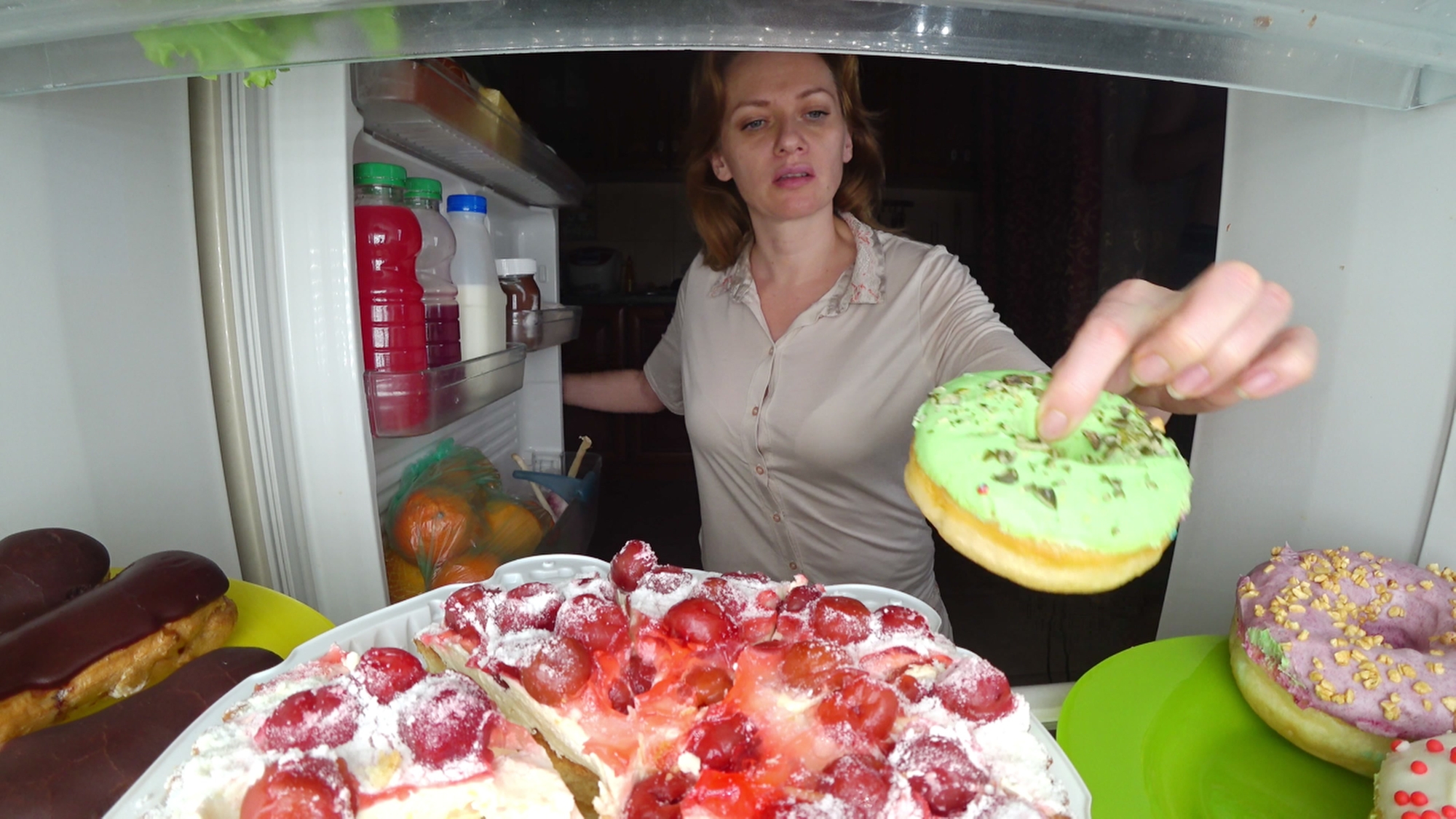By Endeavour College Nutrition Instructor and Nutritionist Sophie Scott who designs short online courses on nutrition for Endeavour Short Courses: endeavourshortcourses.edu.au
Some Australians are really feeling the pinch at the moment, so what happens to our healthy diet when the dollar value of food takes precedent over nutritional value?
No matter what else is going on in our lives, it’s always important to eat well and consume as many nutritious foods as possible for our overall health and wellbeing.
The good news is it is possible to eat healthily even on a tight budget with these ten nutritionist-approved tips.
-
Reduce food waste
Australian households throw away up to $2500 worth of food each year. This equates to 1 in 5 shopping bags of food being ditched. This is the limp lettuce in the crisper you never quite get too, the shrivelled fruit you forgot about that’s growing fuzz in the fruit bowl, and the food that passes its use by date. We throw out food because we cook too much or just don’t use food in time before it spoils. Over 30% of the world’s agricultural land is used to produce food that will never be eaten. Cut food waste by saving (and actually eating) leftovers and maximising your freezer use. Practice FIFO (first in, first out) – rotate older products to the front and make pantry foods visible so you use them before the use by date passes. Use up the tinned or frozen food hiding at the back. Tinned veggies and fruit can be an economical way to get your serves in without breaking the budget. Remember, you can freeze, juice, stew or pickle just about any fruit or veg – stew soft apples, freeze bananas, and pickle cucumbers and carrots that are on the verge.
-
Buy in bulk
It’s an oldie but a goodie – buying in bulk is one of the easiest ways to save on must-have items. Look at the cost per gram or millilitre to cut out the marketing jargon and wrap your head around what different sized products actually cost. Everything from washing powder and sauce to nuts and rice can come cheaper in larger quantities. Bulk stores such as the Source or Scoop make it easy to buy staples like pasta, dried fruits, oils and beans in bulk online and when you BYOC (bring your own container), you are reducing plastic packaging so you can save the environment while saving money.
-
Plan your meals
To really save the big bucks, calculate how much you’re spending each week on food and see if there is any way to cut costs. Think about whether there are any meals you can make using the same ingredient, like a pizza and pasta which both require basil. This also removes the stress out of “what’s for dinner?” and knowing exactly what you need for the week will mean less food waste.
-
Shop smart
When you get to the supermarket, walk around the perimeter first – this is where the fresh and wholefoods are kept such as fruit and veggies, eggs, dairy foods, meat and baked bread – and avoid the snack, soft drink and cereal aisles. Prioritise fresh produce, which is important for essential micronutrients, over junk food and alcohol. Go prepared with a list and think twice before you buy non-essential items. It’s better to shop on a full stomach to avoid hunger buys. And don’t be afraid to deviate to make the most of what’s in season – if a fruit or veg is in plentiful supply, it will be cheaper than something that’s been imported from overseas.
-
Buy funny-shaped food
Around 20-40% of fruit and vegetables are rejected before they even reach the supermarkets as they don’t meet the cosmetic standards. However, more supermarkets are stocking “imperfect picks” or “odd bunch” produce. These are either funny shaped, sized bigger or smaller or may have a spot or two and are always priced lower than their “normal” looking counterparts.
-
Eat less meat
Replacing red meat with other protein alternatives such as fish, eggs, beans, tofu, dairy, nuts and legumes saves you money and the environment. You can mix up meat with cheaper staples, like adding tinned beans to lasagne, bolognese or tacos to make it stretch further, or go meat-free more often than just Mondays. And your heart will thank you for it – the Heart Foundation recommends consuming a maximum of 350g of red meat per week for optimal heart health. In fact, a world first study has shown that moderating lean protein and seafood intake, in line with a Mediterranean diet (which is also high in fruits, vegetables, wholegrains, legumes and healthy fats like olive oil and nuts), has been shown to reduce mortality in women by 23%. Only 1 in 13 Australian women meet their fruit and veg serves per day.
-
Cook at home
Cook once, eat twice – making enough for tonight’s dinner and lunch the next day means less cooking and washing up. The cost of eating out and takeaways can add up quickly. Cook one more meal at home this week and save.
-
Buy less processed foods
Contrary to popular belief, fresh food doesn’t necessarily cost more than junk food. The more processed a food is, the more expensive it is. For example, pre-cut slices of cheese or cheese sticks are more expensive than a block of cheese. Processed granola is more expensive than whole grains such as oats.
-
Don’t waste any of the parts
You can get more out of the food you already buy by eating more of it. You can grate broccoli or cauliflower stalks into soup or sauces, or chop up herb stalks with the leaves for extra flavour and nutrition. Making cauliflower soup is a great way to use the whole vegetable.
-
Grow your own
Start a veggie patch, grow some herbs on the windowsill or join a community garden. The cheapest and most sustainable way to eat fresh food is to grow your own. Try herbs like parsley and basil for some easy wins.
For more information on how to eat well on a budget, visit www.endeavourshortcourses.edu.au to check out their industry-leading short online courses on nutrition and food sustainability








